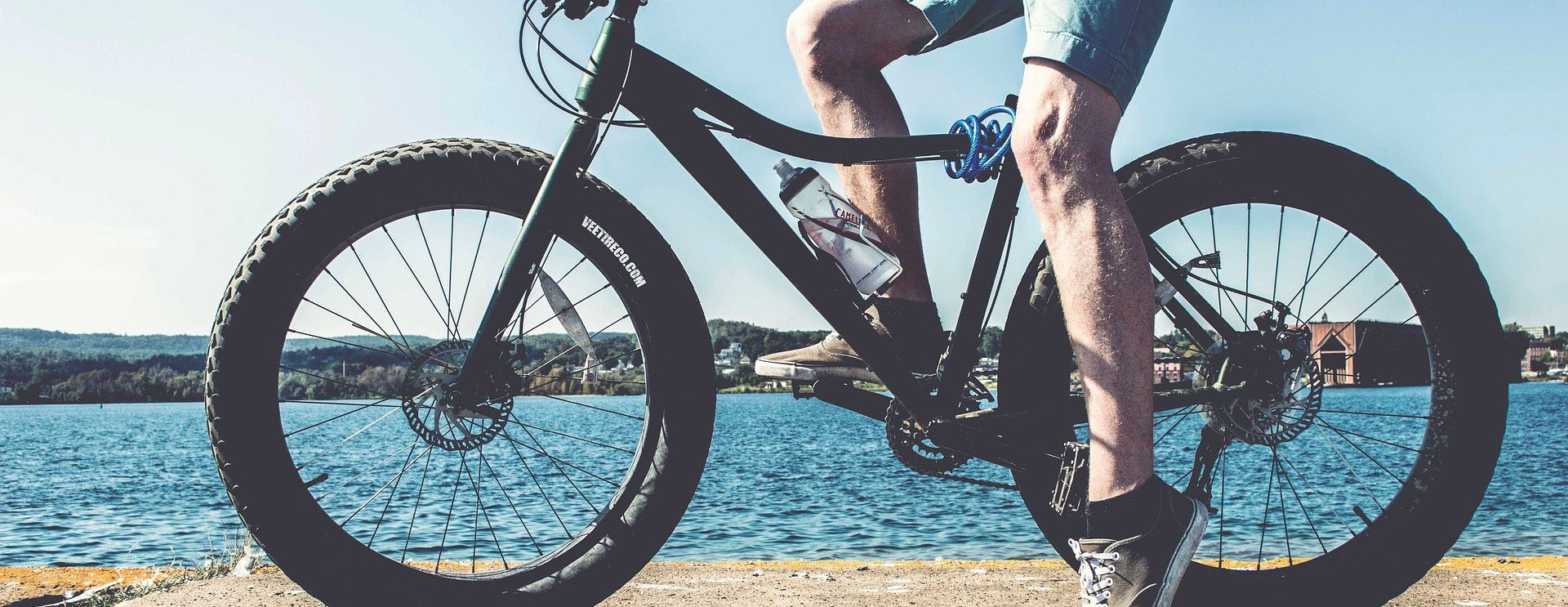Like all joint problems, knee pain can be very debilitating and frustrating when it restricts our ability to move around comfortably and stay active.
However, even if the pain has occurred following an injury, it commonly resolves with self-management principles of gentle exercises and activity modification without the need for scans or specialist input; in this case, you may also find the soft tissue injuries section helpful. If you are unsure whether you need to see your GP or attend the hospital there is useful guidance in our knee pain advice sheet on this page.
For a specialist assessment see your GP practice about a referral into our physiotherapy service, or review with a first contact physiotherapist at a GP practice.
Osteoarthritis initially affects the smooth cartilage lining of the joint. This makes movement more difficult than usual, leading to pain and stiffness.
Once the cartilage lining starts to roughen and thin out, the tendons and ligaments have to work harder. This can cause swelling and the formation of bony spurs called osteophytes.
Severe loss of cartilage can lead to bone rubbing on bone, altering the shape of the joint and forcing the bones out of their normal position.
The links below provide general advice and information with regards managing knee osteoarthritis:
- General arthritis support - this charity's website covers all aspects of how to live with arthritis.
- Information and advice about knee replacement surgery.
- Advice and exercises for knee arthritis.
NHS England have produced a number of decision support tools, to aid in making decisions about health conditions. These provide evidence based information about the levels of treatment and the benefits and harms. This includes a tool for knee OA this can be found on the right hand side of this page.
There is also a video produced by Keele University which explains the purpose and content of the musculoskeletal decision support tools which can be found here.


